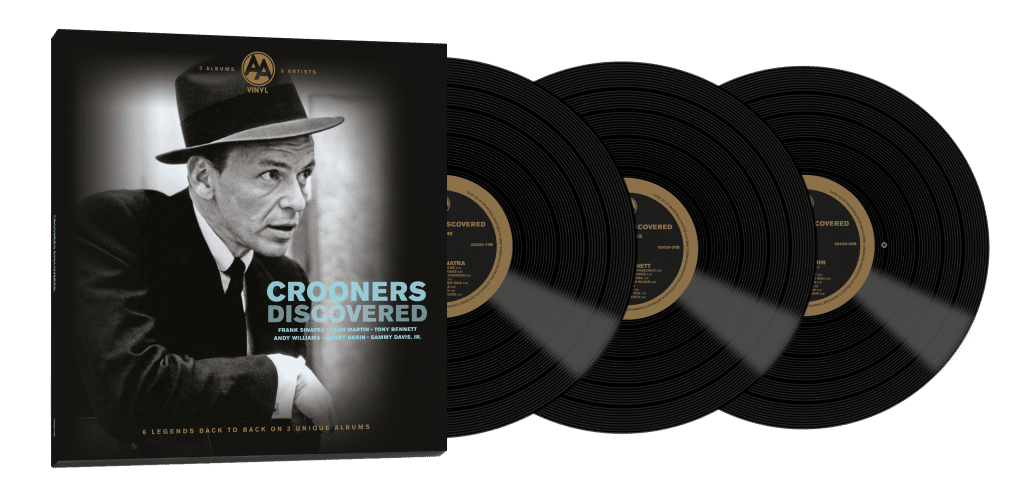
CROONERS DISCOVERED
The Kings of Cool, the Sultans of Smooth, call them what you will, there’s no denying that the art of the Crooner has stood the test of time. Crooners have almost always been male, noted for their slick performances of emotionally charged ballads. When crooning emerged in 1930s America, many hoped it was a passing fad. The advent of radio meant that these suave, singing strangers could penetrate the home and whisper sweet nothings into the ears of the nation’s housewives, which was seen by some men as threatening. Another technology – the microphone – made crooning possible. Before its invention artists had to be loud in order to project their voices to the back of the auditorium. The development of the standing microphone allowed for a far more nuanced and intimate performance. Consequently, artists were better able to interpret songs from the Great American Songbook in new and unique ways. There are perhaps two significant post-war innovations that helped to cement the success of the crooners featured in this unique sampler. First, all the featured artists benefitted from slicker more targeted publicity campaigns. From the late forties up to the late sixties, advertising, and promotions expanded markedly and these highly individuated male heartthrobs reaped the rewards. Frank Sinatra – featured here – is perhaps the best example. In 1942 his stardom was a growing phenomenon, and some 20 years before Beatle mania, Sinatra had a well-oiled press machine that was so successful, he frequently had 30,000 screaming bobby soxers waiting for him outside after his gigs, causing riots and criminal damage. The most significant development effecting artists and advertising alike was the coming of national television. From 1951, America had a coast-to-coast national television network, completely sustained by advertising and sponsorship. Stars were central to drawing new television audiences and what is significant about every one of the featured artists here is that they all had their own television shows: The Dean Martin Show ran from 1965 to 1974; Andy Williams helmed The Andy Williams Show from 1962 to 1971; Frank Sinatra had two separate Frank Sinatra Shows, one on CBS from 1950-1952 and the other on ABC from 1957 to 1958. Sammy Davis Jnr, Bobby Darin and Tony Bennett also had self-titled variety shows though shorter lived than their fellow crooners. So, contrary to popular belief, the rock and roll revolution did not kill the art of the crooner. He was just re-branded as easy listening music, some popped on a sweater and sang on TV while others donned tuxedos and entertained on stage. What once seemed so threatening was, two decades later, rendered safe.

